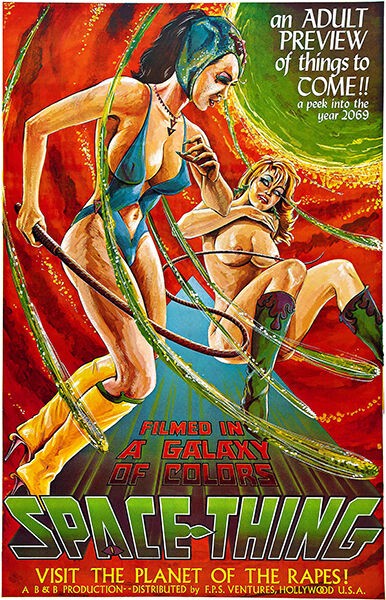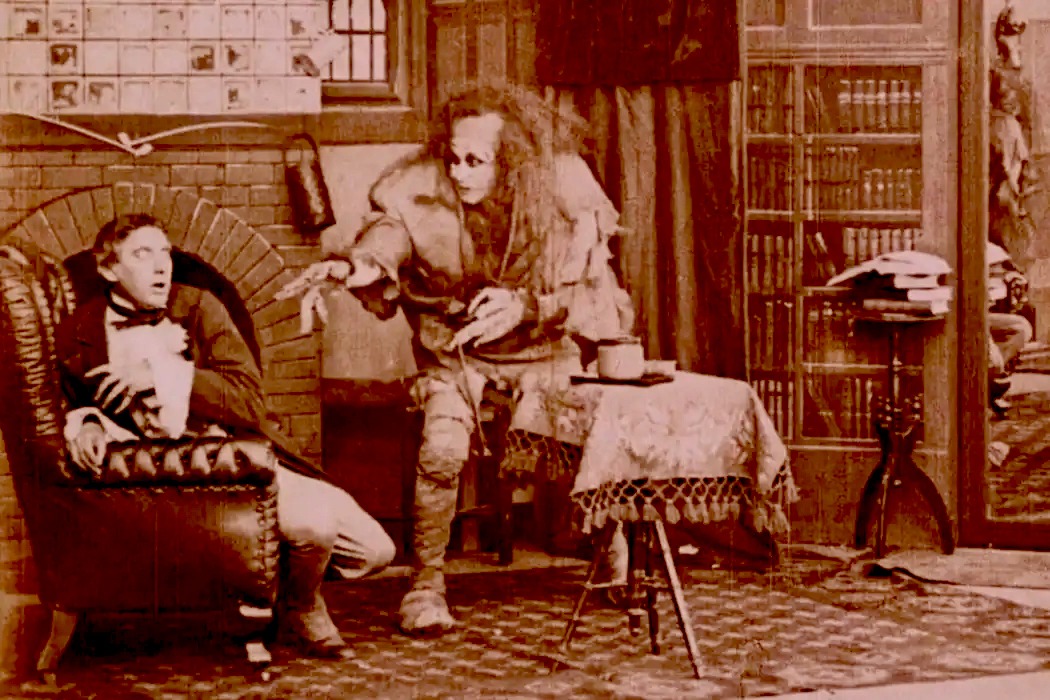
In 1964 the First Secretary of the Communist Party of the USSR, Nikita Khrushchev, was “dismissed” and replaced by Leonid Brezhnev. Meanwhile, director Elem Klimov was filming a movie by a little lake in the south of the USSR. It was just a little comedy called Welcome, Or No Trespassing, nothing like the grave Come And See which he would make 20 years later, but still the State Committee for Cinematography decided to send Klimov a telegram demanding that he stop production. Klimov ignored the telegram and completed his film, the fourth in what would prove to be an illustrious and long career.

Released just as power was transferring from one soviet leader to the next, Klimov hoped the film would slip under the radar but was still caught and shelved by the censors. It wasn’t until Khrushchev himself saw the film that he overrode the censors and let the film be released. He was quoted as saying “Why are you keeping this film? It’s ridiculous, after all, let it be distributed!” Perhaps Khrushchev felt a bit more free with his hand in his parting days as leader. Once released Welcome, Or No Trespassing quickly became a crowd favorite. To this day Klimov is better known in Russia for Welcome, Or No Trespassing than for Come And See.
It is not surprising that the State Committee for Cinematography tried to stop the making of Welcome Or No Trespassing. Just the title of the film is enough to announce its subversive nature. It may not be a biting indictment of the communist party, but it was certainly satire. The committee labeled it “anti-Soviet.” To a certain extent all comedies have an element of transgression and through transgression subversion. Welcome, Or No Trespassing’s best disguise was that it was and is very funny.
The humor is mostly sweet and nostalgic. It centers on a children’s summer camp where they are learning to be upstanding communist comrades, but there is no harsh oppression, only silly rules, silly counselors, and silly children in comical scenarios about being a naughty camper. Welcome, Or No Trespassing feels very much like a Wes Anderson production. There are those awkward wide-angle shots that imbue everyone with a kind of absurd nobility. Characters stand out from their surroundings and everything feels a little larger than life, like an exaggerated memory.
The humor ranges from slapstick and pratfalls to some genuinely clever setups reminiscent of Charlie Chaplin or Jacques Tati. At the beginning we see all the children swimming and splashing noisily in the lake. The councilors tell the children that swim time is over, and attempt to surround the children with a big net and haul them to shore like a shoal of fish. This is cross-cut with a woman counting the children’s shoes while waiting on the beach. The children are corralled toward the shoes, but soon we realize there is one pair too many. Someone is missing. As the camera pans up from the shoes and toward the parting crowd of children the net is revealed in the background. Right in the center is a hole just big enough for a child to wriggle through.

Of course, the escapee turns out to be the film’s protagonist, Kostya Inochkin. He’s a blend of Tom Sawyer and Ralphie from Bob Clark’s A Christmas story. When Inochkin is expelled from Camp he imagines that showing up at home will give his Grandmother a heart attack. The film cuts to the fantasy aftermath of her tragic demise and we see poor Inochkin being reproached by assembled mourners carrying a banner reading “Why Did You Kill Your Grandmother?”

The cinema craft in Welcome, Or No Trespassing is wonderful. There are all sorts of bold and innovative ideas. There is a shot of a foot chase where the camera seems to hover between the lead boys swiftly running legs while pointing backward toward his pursuers. It’s mesmerizing and it is difficult to imagine how it was done.

Welcome, Or No Trespassing does not reserve its satire for one particular ideology or point of view. It satirizes authority in general. Perhaps Klimov hoped that by avoided pointed criticisms he might slip by. There is a scene where the children are learning a song to sing to their parents on visiting day. They gather as a group and sing, “We Shall no longer live by the law set by Adam and Eve. We’ll run the old horse of history till it dies!” A truly bizarre parody of Stalinist Soviet values.
The head of the camp disapproves and has them sing the camp’s motto which is equally bizarre. “The camp is our big family, We are cheerful and merry. Friends we live happily in accordance with daily routine, we do our physical drill. They serve us delicious lunch. We munch our bread with a crunch! Who doesn’t eat, we shame! ‘You will grow thin we say.”

The opposing quotes manage to impugn both the outgoing generation of older communist comrades and the incoming reformists. The film still feels communist in its sentiments. It has an overall affection for the masses and the clever persistence of the kids who just want to skirt the rules enough to have some fun. No one is depicted as truly cruel. The head of the camp is not exactly a sympathetic character but he is more a pathetic numbskull than an evil authoritarian.
Welcome, Or No Trespassing pokes fun at the Soyuz Sovetskikh Sotsialisticheskikh Respublik more than it reproaches it. Khrushchev may well have recognized the difference.
The parting shot of the film might be where John Hughes got his closing shot for Ferris Bueler’s Day Off. After all the kids at the holiday camp go romping back into the lake for more riotous fun, one child turns to the camera, breaks the fourth wall, and asks the audience “What are you still doing here? The movie is over.”

If you enjoyed this article click here for more
www.filmofileshideout.com/archives/gorod-zero-hidden-soviet-era-gem



